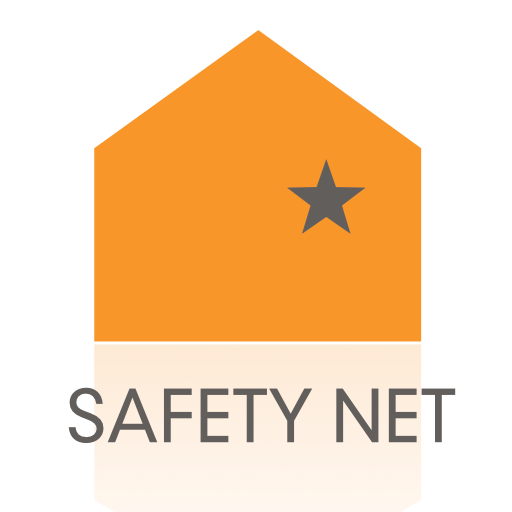Protecting Victim Privacy While Increasing Law Enforcement Transparency: Finding the Balance with Police Data Initiatives
/One of the hallmark efforts of the outgoing Obama administration has been the Police Data Initiative, launched to improve the relationship between law enforcement agencies and the communities they serve. The Police Data Initiative encourages local law enforcement agencies to publicly share information about 911 calls, stops, arrests, and other police activities so that community members can look both at individual cases, as in some high-profile events covered by the media, and at trends that might reveal disproportionate response over time.
It has been more than two decades since the Violence Against Women Act was first passed, and we have seen significant improvements in the criminal justice system’s response to domestic violence, sexual assault, and stalking. This success is due in great part to the efforts of victim advocates and law enforcement officials working together to improve systems. But as we celebrate these successes, we know this work is far from finished, and that there is still much work to be done to improve police response - particularly within marginalized communities.
As we work with law enforcement to improve responses to victims and communities, we must ensure that the privacy and safety of victims who interact with law enforcement is a fundamental cornerstone of those efforts. Police data released to the public has the potential to reveal victims’ identities and consequently put them at risk of further harm, harassment, or damage to their reputation. These concerns can also significantly impact a survivor’s decision on whether they even contact law enforcement for help in an emergency.
For more than a year, Safety Net has explored the issue of how to maintain victim privacy and safety while simultaneously supporting the overall intention behind the Police Data Initiative. These efforts have been made possible by the support of the Office on Violence Against Women (U.S. Department of Justice) and Harvard University’s Berkman Center for Internet & Society, and in partnership with the White House, the Police Foundation, the International Association of Chiefs of Police, the Sunlight Foundation, the National Institute of Standards and Technology, the Vera Institute of Justice, and others.
Today, we are pleased to announce the release of a guide that outlines the results of these efforts titled, “How Law Enforcement Agencies Releasing Open Data Can Protect Victim Privacy & Safety”, which was authored collaboratively with the Police Foundation. This guide describes the need for victim privacy to be a central consideration in efforts to share data with the public, and provides specific recommendations that will assist local law enforcement agencies in their efforts to ensure victim privacy while increasing transparency.
In the coming weeks, we will be releasing a similar guide written for advocates, as well as an issue summary that describes how the Police Data Initiative intersects with our work to ensure the safety and privacy of survivors.


